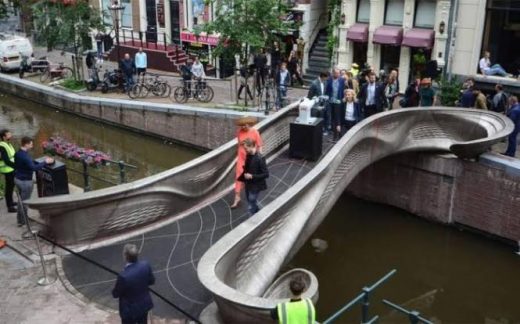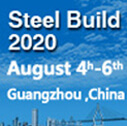By
Mr. S.L. Ghorpade
Under the guidance of Prof. A.B. Shendge
Dattakala Group of Institutions Faculty of Engineering, Swami – Chincholi (Bhigwan).
Abstract- The construction of tunnel is important for different purposes. They can be constructed for railways, roadways, pedestrian footways and can be built in hard rock, soft ground, river bed and are also used to convey Hydroelectric power, water stream, or as a sewer. The construction of Diversion Tunnel, Pressure Shaft, and Tailrace Tunnel to convey water is considered in this project. To identify Scheduling of different activities by various methods Network Diagram, C.P.M., P.E.R.T. and their cycle time is calculated. Scheduling for different activity is carried out with the help of Network Diagram & Primavera Software will be carried out in a project stage II. Study of Estimation for a Diversion Tunnel, Pressure Shaft, and Tailrace Tunnel by both methods. Excavation in heading and benching, Rock bolt support work, lining work is considered for cycle time and cost estimation calculation in Diversion Tunnel, Pressure Shaft, and Tailrace Tunnel. Estimation is also carried out by two methods. The comparison of two methods adopted for excavation work and estimation will be carried out in a project stage II.
Keywords- Scheduling, C.P.M., P.E.R.T., Gantt chart, Network Diagram, Estimation, Heading, Benching, Cycle time, Lining, Rock Bolts, Diversion Tunnel, Pressure Shaft, Tailrace Tunnel.
Read More
























What are the best compenies offering civil engg. jobs in India?
how can i calculate the quantity of steel and concrete?
It depends upon what mix you are using. more the cement, more the water required per cu m of mortar/concrete.
plzz give me load diagram of bridge structure and how will transfer the load at each component and how does work or react component in a bridge ????
sir what is a pile foundation
IS and DOE methods used for mix design clearly given in “CONCRETE TECHNOLOGY by Gambhir”
where are the current openings in civil for a fresher in india?
HOW CAN WORKING IN INVERTED BEAM???
we use inverted beam in case of under ground sump construction.
I LIKE ENGINEERING CIVIL
Dear Engineers,
I am pursuing Post Graduation in Project Management from NICMAR. Please provide me some soft copy of books/ Notes on
1) Project Formulation & Appraisal (2) Project Planning & control (3) Construction quality safety & environment (4) Project Management-1 Power Plants & engineering. This will be very helpful to my study.
Thanks & regards
Baljeet Sandhu
Thankfull to you and for this site….
How can one be successful as an engineer? What are the steps to take?( year 1 student)
how can i buiild a bridge???
hi,
how much percentage of wastage is considered for reinforcing steel dia 16-25mm during calculations…
According to IS 456:2000,
Circular Rod Only Using this formula.
FORMULA D^2/162 ,
If you Have a Rectangular Rod
Formula D^2/148,
D= DIAMETER OF REINFORCEMENT BAR,
THEN U WILL CALCULATE THE WEIGHT OF STEEL PER METER.
Suggest Thumb rule of building construction
masterpieces indeed
whats the standard slump result range for cfa piling
what is the cement content of m2o mix???????
1:1.5:3 in this ratio cement consumes 1 share that means 1.224 rounded of 1.25 cft
why is necessary to provide equal spacing of rebar in foundation at top & bottom.
i want job details for civil engineer pls say anyone